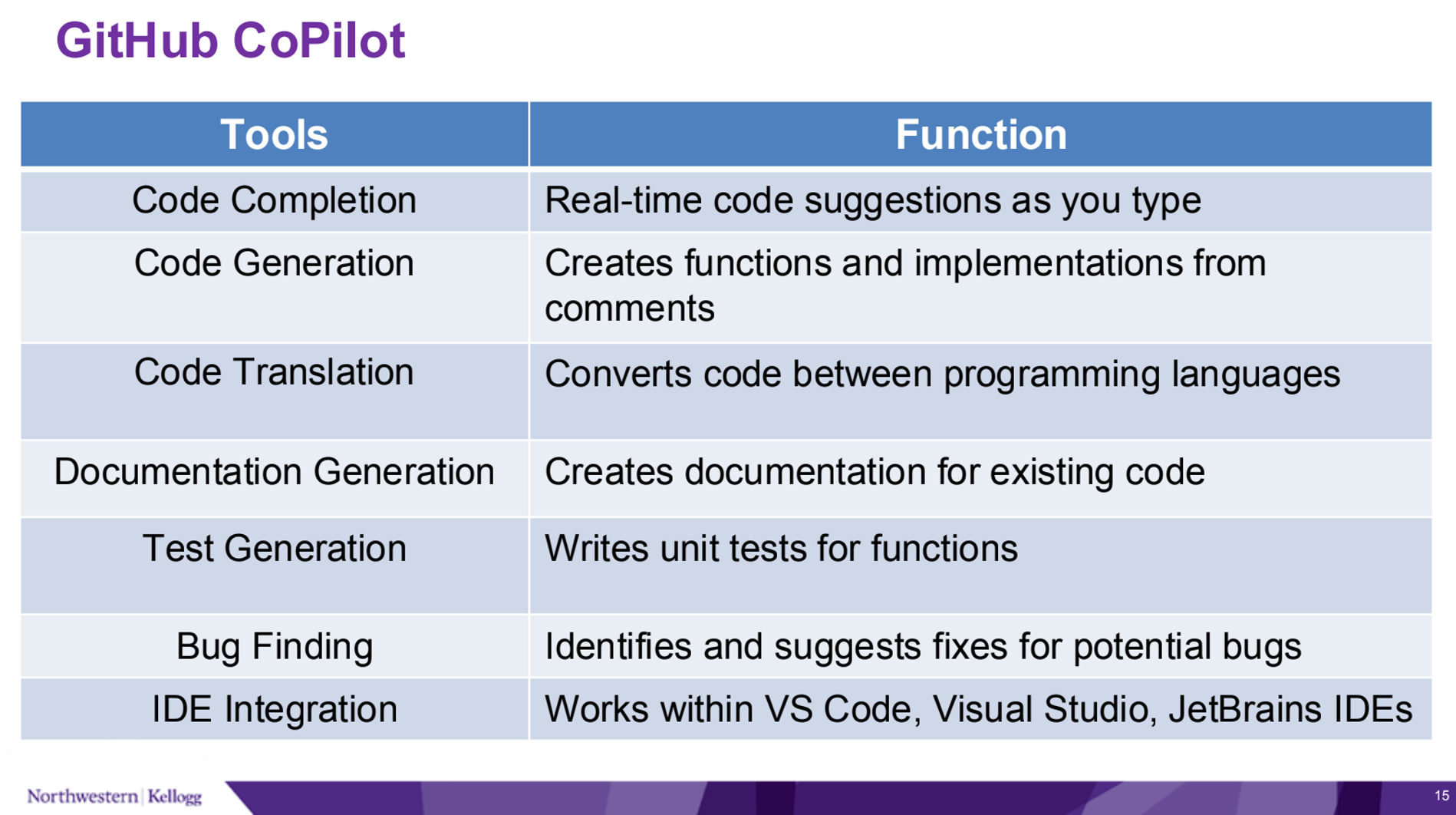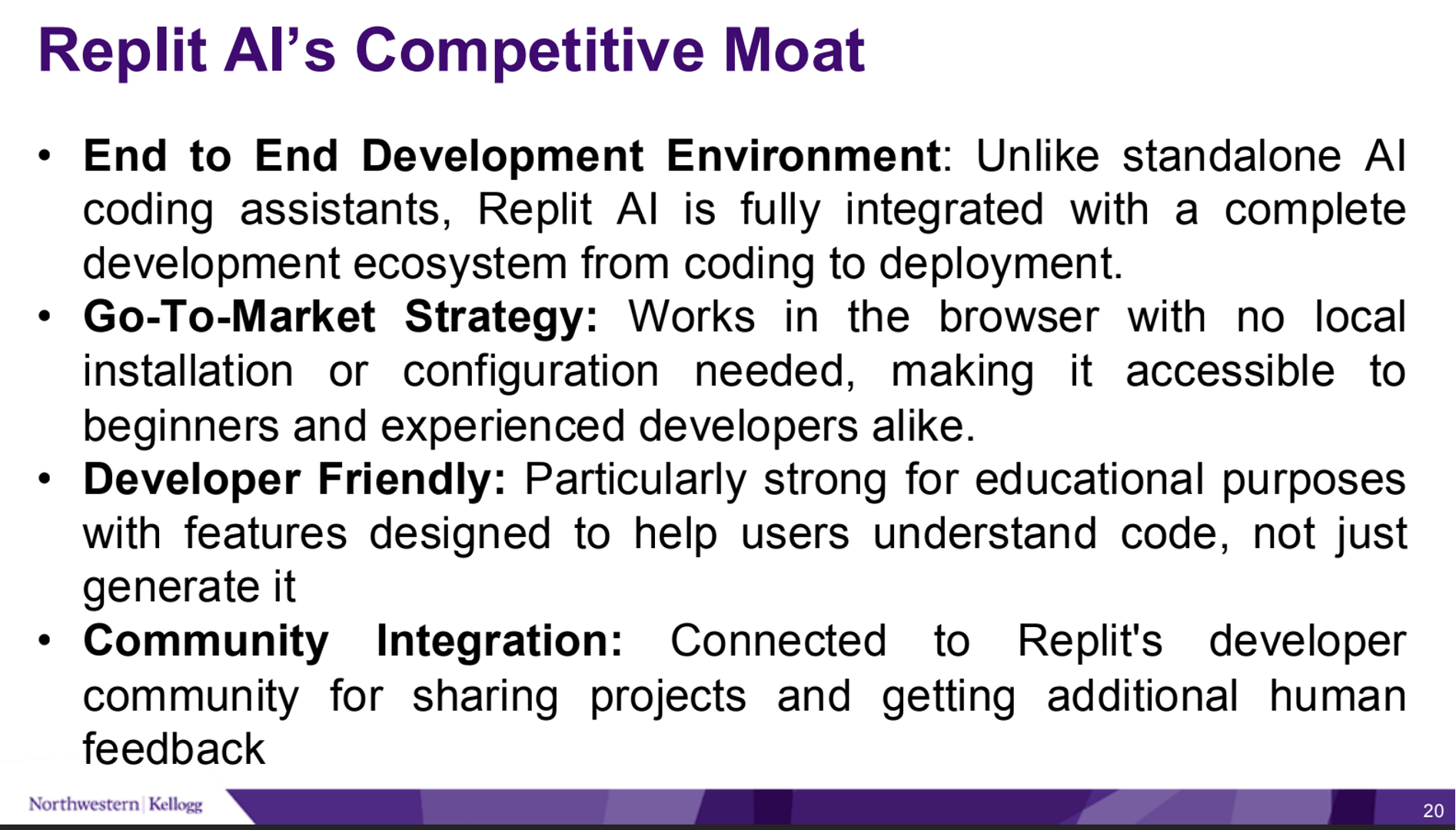TGVP Report - Two GTM Paths for an AI Startup in DevTool Space
.png)
Two GTM Paths for an AI Startup in DevTool Space
Written by Rasal Kumar (Intern from Kellogg School of Management / Venture Lab Winter Quarter 2025) and Jingjie Li (TGVP / Associate)
In the current AI gold rush, it feels like a new developer tool is born every minute. For founders building these "AI agents," the initial excitement of a great idea quickly meets a fundamental question: how do you actually get it into the hands of users and build a lasting company?
As we see it, there are two main roads founders are taking. They aren't mutually exclusive, but they represent distinct go-to-market philosophies with very different implications for capital, team, and timeline.
The Bottom-Up Play: Winning the Individual Developer
The first path is a direct-to-developer, bottoms-up approach. This is the classic product-led growth model. You build a plugin or a piece of software that integrates directly into a developer's existing workflow: their IDE or terminal. You win over developers one at a time, often through communities they already trust, and monetize with a simple subscription.
The appeal here is obvious. This strategy can be incredibly capital-efficient. Instead of a long, expensive sales process, developers can easily sign up with a credit card. This gives the startup immediate revenue signals and a tight feedback loop.Users become the best R&D team, telling the founder exactly what to build next and helping find product-market fit faster. When developers love a tool, they become evangelists, driving organic, viral adoption within their organizations and creating the internal pressure that eventually leads to bigger team-wide deals.
A great example of this model is GitHub Copilot. It lives inside the developer's editor, offering real-time value on every keystroke. It started as a tool for individuals, proving its worth one developer at a time before rolling out its successful enterprise offering.

But this approach comes with its own challenges.
The very thing that makes it attractive is its low-friction, per-seat model, which can also create a revenue ceiling.
Founders have to think: How can we graduate from selling $20/month seats to landing a seven-figure enterprise contract? Furthermore, in a crowded market, founders have to constantly prove the value to prevent churn. Without access to broader, cross-organizational data, building a deep, defensible moat can be difficult.
The Top-Down Play: The Centralized Enterprise Solution
On the other side, we see startups who adapted a centralized, cloud-based model. Instead of integrating into a developer's local environment, founders build a platform that ingests customer data into their own cloud.
Therefore, what they aim for is not just a tool but the system of record. The platform delivers powerful analytics and insights through a centralized dashboard. This is a typical top-down, enterprise sale.
This is the "go big or go home" strategy. It requires a much larger upfront investment. The sales cycles are long and complex, navigating security reviews, compliance hurdles, and multiple stakeholders. Founders need massive capital to survive the journey to the first revenue milestone.
However, the payoff can be massive. By aggregating data, they can build a powerful data moat that's incredibly difficult for competitors to cross. Enterprise-wide adoption leads to much higher lifetime value (LTV) and creates natural pathways for expansion and upsell. It eventually becomes critical infrastructure. These deep data assets also make the startup a highly attractive acquisition target for major software players.
We see this pattern in companies like Replit. It’s a platform that captures immense data on how software is built, enabling powerful AI features and collaboration at scale.

How We Think About It
So, which path is right? There's no single correct answer. When a founder pitches us their AI developer tool, our evaluation isn't about judging their choice, but understanding if their strategy, team, and funding plan are aligned.
We ask a few key questions:
- Does your GTM strategy match your runway?
- The bottom-up model can generate revenue signals faster on less capital. The top-down enterprise play needs a longer runway to weather the sales cycle. Make sure your fundraising goals align with your timeline.
- What’s your moat, and how long does it take to dig?
- A beloved product is a good starting moat, but it can be fleeting. A data network effect, while slower to build, is often more durable. We want to know how you plan to build defensibility over time.
- Is your team built for the path you’ve chosen?
- A bottom-up approach thrives with a team that has deep experience in developer relations and community building. A top-down strategy demands founders who know their way around enterprise sales and the complexities of CIOs' offices.
Of course, the savviest founders know these two paths can eventually merge. The reality is that the most successful companies will likely evolve, starting with a developer-focused product, then leveraging that groundswell to move upmarket. That initial product love becomes the Trojan horse for winning the entire organization.
For us, this dynamic landscape is what makes the category so compelling. Our role is to look past the hype and match a GTM approach to the right funding stage and team, all while keeping a clear-eyed view of the scale and defensibility.
If you’re a founder charting your course through these decisions, we’d love to talk.



.svg)